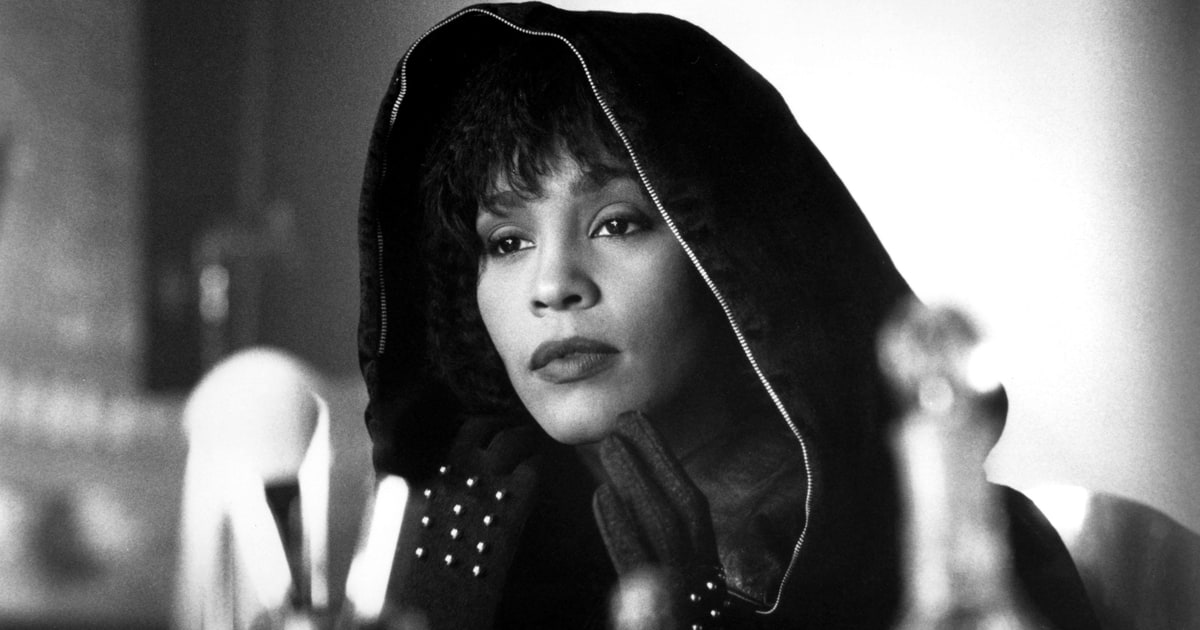
By Josh Terry
Kevin Macdonald’s “Whitney” might just be the most heartbreaking documentary you see this year.
At a distance, the rise-and-fall narrative of 1980s pop superstar Whitney Houston is pretty simple: Beautiful, classy and talented ingenue Houston rises to superstardom, then meets and marries lesser pop star Bobby Brown and tumbles into a life of drug abuse that spirals to her death in 2012.
Though the trajectory is basically the same, “Whitney” suggests there’s more to the journey. Macdonald’s film unfolds chronologically over the course of 120 minutes before doubling back to offer a kind of twist ending that puts Houston’s career in a new light.
Early on, we see Houston’s Newark, New Jersey, upbringing with her two brothers, Michael and Gary, under the wing of her soul singer mother Cissy and her political power broker father John. After a childhood marked by bullying from her peers because of her lighter skin tone, Houston is groomed by her mother to be more than a simple pop star, held back from performing trendy music for the sake of a more enduring and planned legacy.

“Whitney” builds into Houston’s emergence following a hit debut album with Clive Davis’ Arista records that makes her America’s sweetheart. But in spite of the clean image, we are told Houston has already become caught up in the sexual indiscretions and recreational drug use connected to the celebrity lifestyle.
While the ensuing problems don’t manifest immediately, we see the seeds planted as we continue to watch Houston’s rise through the late ′80s and into the ′90s as she performs her landmark rendition of “The Star-Spangled Banner” at the 1991 Super Bowl and stars alongside Kevin Costner in 1992’s “The Bodyguard.”
By this time she’s already married Brown, the late-′80s pop artist who sprung from boy band New Edition into a modestly successful solo career before fading into Houston’s shadow. As the story moves through the 1990s, Houston’s career seems to jump off a cliff as she wrestles to save her marriage and cope with substance abuse. The rest of the film painfully documents her steady decline into addiction.
Macdonald’s production offers just enough style to keep pace with the power of Houston’s story, which more or less speaks for itself. The director weaves interviews with family members and friends with archival footage of Houston and periodic montages that place the singer amid other iconic images of the 1980s and ′90s, including foreboding anti-drug promos.

Interviews with Houston’s father and Robyn Crawford, her best friend and suspected lover, are noticeably absent though unsurprising given the content of the film. Based on the amount of loathing both individuals draw from other interview subjects, it would be nice to hear their sides of the various stories.
Houston isn’t the first major superstar to suffer a fall from grace, and sadly, probably won’t be the last. But that doesn’t soften the impact of “Whitney” — particularly late in the film as we see the artist emaciated from drugs during an interview with Diane Sawyer or trying to rasp her way through a comeback concert tour.
“Whitney” isn’t easy to watch, and sensitive audiences will cringe at its periodic R-rated language. Some audiences may also be frustrated by its tendency to focus on the seedy underbelly of Houston’s story rather than celebrate her music, but “Whitney’s” message remains tragic either way.
“Whitney” is rated R for language and drug content; running time: 120 minutes.










